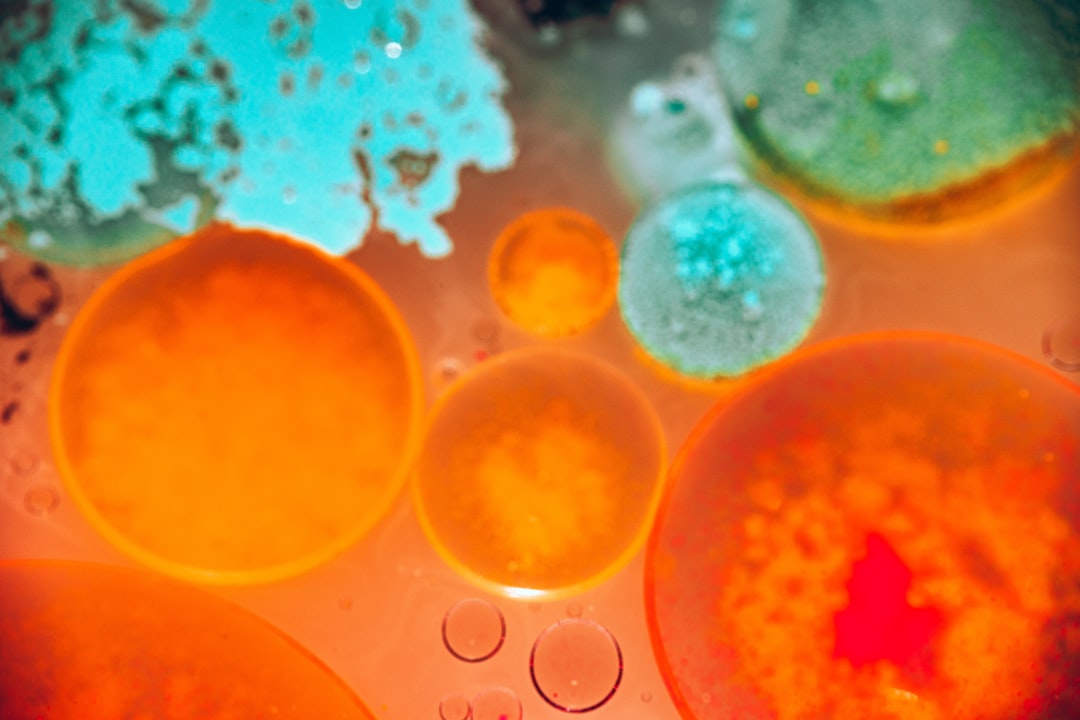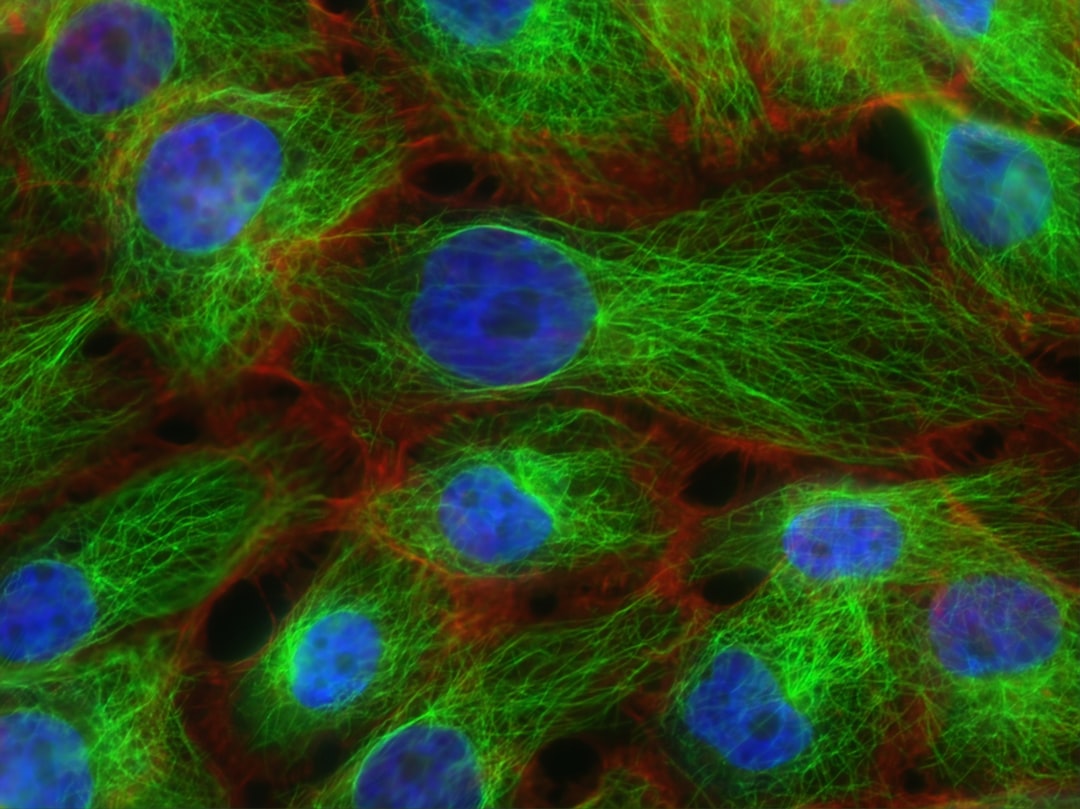What is it about?
Moderate expression levels of the neural cell adhesion molecule Fasciclin 2 during organ growth promote Epidermal Growth Factor Receptor function. In turn, Epidermal Growth Factor Receptor activity promotes Fasciclin 2 expression in an auto-stimulatory loop. In contrast, high expression levels of Fasciclin 2 correlate with the termination of cell proliferation and the onset of cell differentiation in epithelial organs. Indeed, Fasciclin 2 has been previously shown to act as an Epidermal Growth Factor Receptor repressor during retinal differentiation.
Featured Image

Photo by Kier in Sight on Unsplash
Why is it important?
How organs grow and then stop growing when reaching their species-specific size is a major unsolved problem in developmental genetics. Local control of growth is necessary to achieve a correct organ size and shape. We suggest that the auto-stimulatory loop between Fasciclin 2 and the Epidermal Growth Factor Receptor may correspond with an expression level switch mechanism. Fasciclin 2 first promotes local growth at moderate expression levels by activating the Epidermal Growth Factor Receptor, which in turn promotes Fasciclin 2 expression. Then, at high expression levels, Fasciclin 2 would terminate growth by repressing the Epidermal Growth Factor Receptor.
Perspectives
This work is based on a genetic analysis of loss of function conditions of Fasciclin2. The analysis of gain of function conditions for Fasciclin 2 during epithelial organ growth can validate the idea that expression of Fasciclin 2 acts as a level switch to determine organ size.
Luis Garcia-Alonso
Instituto de Neurociencias CSIC
Read the Original
This page is a summary of: Fasciclin 2 engages EGFR in an auto-stimulatory loop to promote imaginal disc cell proliferation in Drosophila, PLoS Genetics, June 2022, PLOS,
DOI: 10.1371/journal.pgen.1010224.
You can read the full text:
Contributors
The following have contributed to this page










